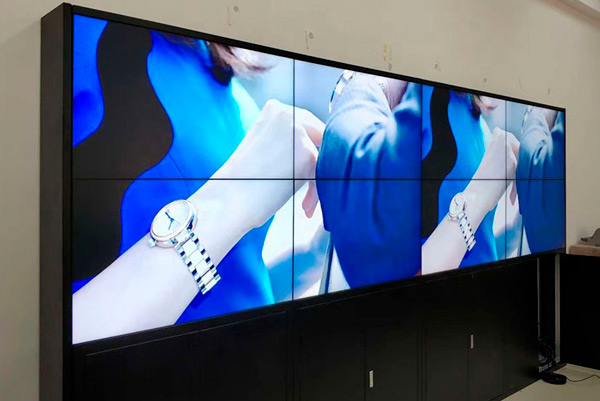Investigating the Key Elements That Influence Hue Consistency in Light Emitting Diode Panel Panels for Ideal Display Performance
Investigating the Key Elements That Influence Hue Consistency in Light Emitting Diode Panel Panels for Ideal Display Performance
Blog Article
Hue consistency in LED wall screens is crucial for attaining optimal optical performance. light-emitting diode wall panels are widely used in multiple settings, including concerts, meetings, and advertising showcases. When the colors on these panels are uniform, they create a more captivating and immersive experience for audiences. Several key factors affect color consistency, including the caliber of the light-emitting diode components, calibration procedures, and surrounding conditions.
The caliber of the LED elements plays a significant role in color uniformity. Various types of light-emitting diodes emit light at different wavelengths, which can influence the overall color output. Premium light-emitting diodes are engineered to generate a more uniform light spectrum, resulting in better hue accuracy. Additionally, the manufacturing method of these light-emitting diodes can affect their functionality. Panels made with high-grade materials and techniques tend to have less hue variations, ensuring that the displayed images and footage look lively and true to reality.
Calibration is another crucial factor in maintaining hue uniformity in LED wall screens. Tuning entails modifying the configurations of the panel to make certain that the hues displayed match the desired appearance. This process can include adjusting luminosity, contrast, and color equilibrium. Regular tuning is necessary, especially in environments where lighting conditions change often. By tuning the panels, technicians can fix any inconsistencies in color output, resulting to a more consistent viewing experience.
Surrounding factors also influence color consistency in light-emitting diode wall screens. Factors such as ambient light, temperature, and moisture can affect how colors are perceived. For instance, intense ambient light can wash out colors, making them look less lively. Similarly, harsh heat can influence the performance of the LEDs, resulting to hue changes. To mitigate these issues, it is essential to place LED wall screens in controlled environments where lighting and temperature can be controlled efficiently.
Lastly, the design and layout of the LED wall screens can affect hue consistency. The arrangement of the panels, as well as the spacing from which they are observed, can create differences in important link hue perception. When screens are arranged too far apart or at different positions, audiences may detect inconsistencies in hue. To obtain the optimal visual performance, it is crucial to consider the placement and alignment of the panels during setup. By tackling these elements, operators can guarantee that their LED wall panels deliver a consistent and high-quality visual experience.